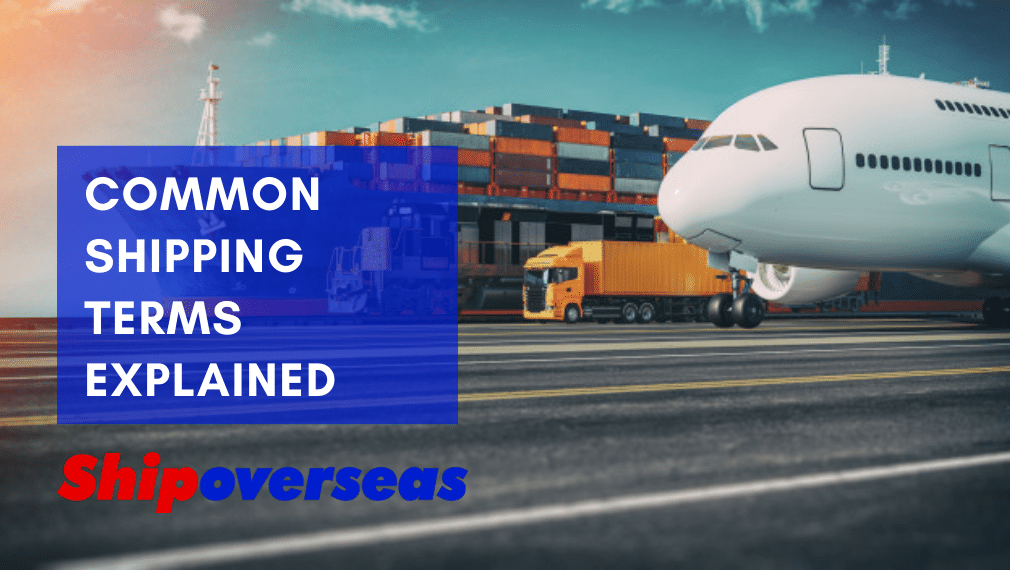If you have been researching how to ship a car or other vehicle overseas lately, you’ve likely come across a bunch of terms you have never heard of before. Like every line of work, there’s some confusing industry-specific terminology out there. To help you make sense of it all, we have compiled this list of the most common shipping trading terms so you can understand the vernacular you will come across when arranging your shipment.
-
RoLo
This is an acronym for roll-on lift-off, a vessel with ramps serving vehicle decks. The other cargo decks may be accessible only by crane. These vessels can carry both vehicles and general cargo or heavy metals.
-
LoLo
This stands for lift on/lift off and describes cargo ships with on-board cranes that help load and unload large cargo like recreational vehicles (RVs).
-
Incoterms (International Commercial Terms)
Often times, the same word has multiple meanings in different languages, which runs the risk of misinterpretation in overseas trading. To minimize that risk, International Commercial Terms are an international set of rules that bypass language barriers.
-
Ex-Works (EXW)
This is a common arrangement between the seller and the buyer, whereby goods are sold on the understanding that the buyer will also pay for the shipping. The buyer may arrive at the seller’s place of business and collect the goods, or they may arrange for a third party to collect, transport and ship those goods to the buyer’s address. The buyer is liable for any customs duty.
-
Free Carrier (FCA)
Under a Free Carrier agreement, the responsibility falls on the seller to deliver the goods to a designated shipper at an airport or port. The buyer chooses which. This concludes the seller’s part of the contract; the buyer is then responsible for all shipping costs and the security of goods after that.
-
Free On Board (FOB)
Also known as Freight on Board, this international commercial term doesn’t usually include containerized transport. Rather, it specifies when responsibility passes from the seller to the buyer.
-
Cost Net Freight (CNF)
This is a shipping agreement whereby the seller will be responsible for the cost to have goods delivered to the buyer’s nearest home port. However, the buyer is the one responsible for insuring the goods, from collection to the point of delivery.
-
Cost Insurance and Freight (CIF)
Under a CIF agreement, the responsibility is on the seller to handle the remaining shipping and transportation in the country of destination right up to delivery. This includes handling all road and marine insurances to ensure full protection.
-
Delivered At Terminal (DAT)
This means the seller is responsible for all transportation, shipping, and insurance costs going into the destination port. The buyer then takes over all responsibility, including liability for all customs charges and onward transport costs.
-
Delivered At Place (DAP)
This marks an arrangement between seller and buyer, whereby the seller assumes all costs for delivering the goods to a buyer-specified place. This is typically a port (DAT), or place of business. The buyer takes all responsibility for any customs clearance or duty on the goods.
-
Full Container Load (FCL)
This refers to a 20ft or 40ft container that has been fully loaded with goods or merchandise from the same seller. Full loads usually have better freight rates than loose cargo or part loads do.
-
Less Container Load (LCL)
Also referred to as a part container or groupage load, this involves goods loaded into a shared container with others shipping smaller loads.
Contact Ship Overseas
To learn more about what all those terms mean and how we can help you, get started with a free quote today.
